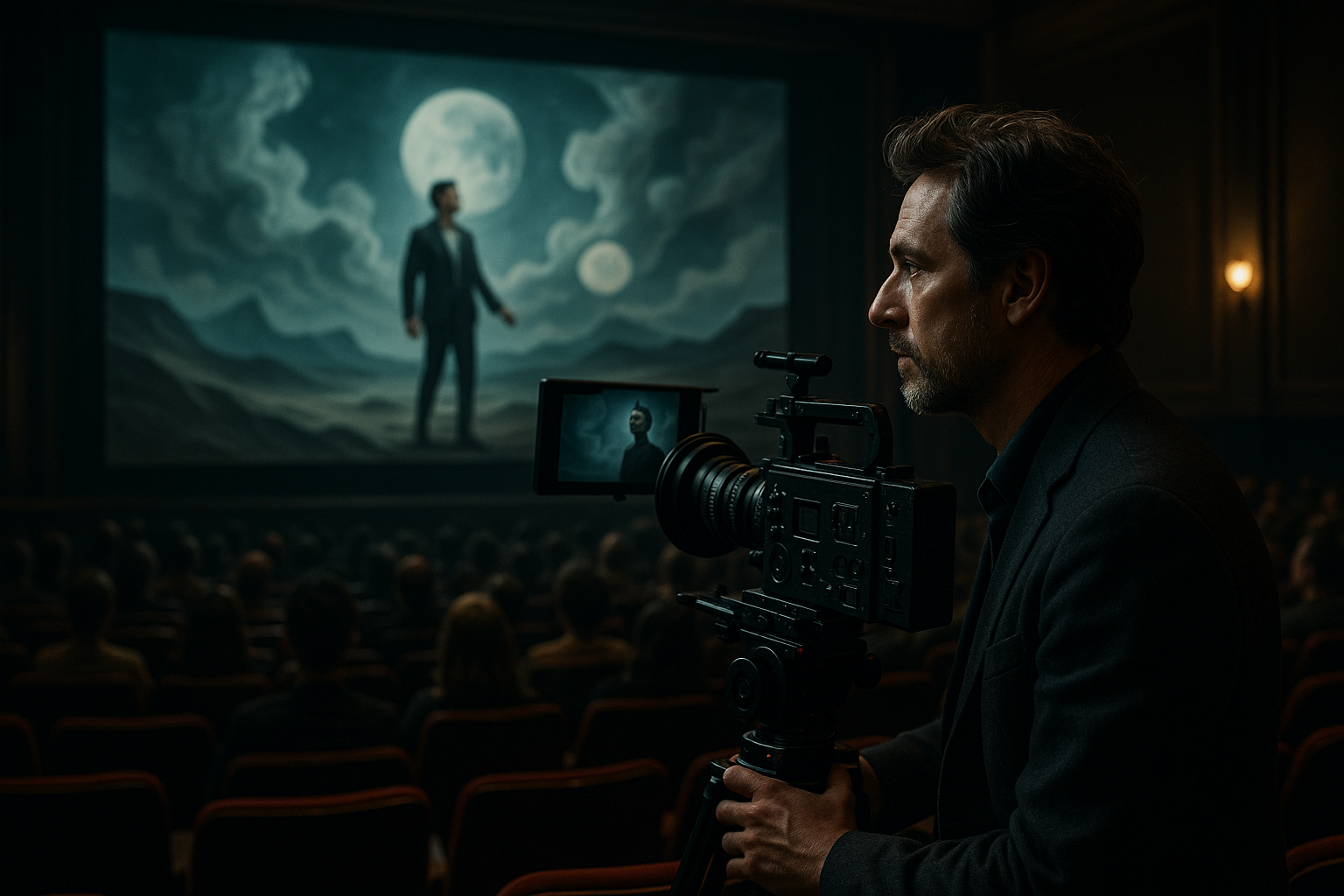Merchandise and Ancillary Products as Sustainable Project Funding
Ancillary products and merchandise can provide steady revenue streams for creative projects by engaging audiences beyond a single release. When combined with thoughtful rights management, distribution strategies, and audience analytics, these products can complement crowdfunding, festivals, and streaming income to support long-term sustainability.

Creative projects increasingly turn to merchandise and ancillary products as a means of sustainable funding. Rather than relying solely on one-off sales, licensing deals, or festival prizes, teams can build layered revenue that supports production, distribution, and ongoing promotion. Effective use of merchandise ties into filmmaking and distribution plans, complements licensing and streaming strategies, and strengthens audience relationships. When integrated with metadata practices, analytics, and careful rights management, ancillary products become part of a project’s financial architecture rather than an afterthought.
How can merchandise support filmmaking budgets?
Merchandise can act as a predictable revenue stream during development, production, and post-production. Filmmakers often prototype items—posters, apparel, art books, props replicas—that resonate with fans and can be sold through online stores or at screenings. Revenues from these sales can offset costs like equipment rental, post-production, or festival submissions. Merchandise also provides physical touchpoints that deepen audience loyalty, which helps later efforts around distribution, licensing, or coproduction partnerships. Planning product design alongside the filmmaking process ensures thematic consistency and makes promotional cycles more cohesive.
What role do distribution and licensing play?
Distribution and licensing shape where and how ancillary products can generate income. Rights clearance determines whether certain imagery, character likenesses, or soundtrack elements can be used on merchandise. Licensing deals with third parties—manufacturers or retail platforms—can scale production without upfront capital, though they require clear terms on royalties and territory. A coordinated approach between distribution partners and licensing agents helps align product launches with release windows on streaming platforms or theatrical runs, maximizing visibility and reducing markdowns.
Can streaming and festivals boost ancillary sales?
Streaming visibility and festival exposure both raise a project’s profile in different ways. Festivals create direct audience engagement and in-person sales opportunities at merch tables, while streaming extends the title’s reach globally, creating long-tail demand for collectibles and branded items. Timing merchandise releases to festival appearances or to a streaming premiere can leverage spikes in interest. Festival sales also provide immediate cash flow and qualitative audience feedback that informs which products perform best when scaled for distribution or licensing.
How does crowdfunding link to merchandise and audience growth?
Crowdfunding platforms commonly use tiered rewards to fund projects, and merchandise often features prominently as a tangible reward. Exclusive or limited-edition items can drive higher pledge levels, while digital rewards and experiences appeal to remote supporters. Beyond funding, crowdfunding campaigns cultivate an initial audience that can become repeat buyers for future merchandise drops. Clear communication about fulfillment timelines, rights associated with rewards, and integration with audience data collection enhances long-term engagement and trust.
Why are metadata and analytics important for product planning?
Metadata and analytics help creators understand who buys merchandise, which SKUs perform, and how pricing affects demand. Tagging products with consistent metadata—category, size, region, and imagery rights—improves discoverability on streaming platforms and e-commerce sites. Analytics on sales channels and audience demographics inform inventory decisions, promotional timing, and the selection of licensing partners. Using data-driven forecasts reduces overproduction risk and supports smarter coproduction conversations by quantifying audience interest in ancillary offerings.
How do rights and coproduction affect ancillary offerings?
Rights management defines what can legally be produced and sold. Coproduction agreements may allocate specific merchandising or licensing rights between partners, and those clauses should be negotiated early to avoid later disputes. Clear ownership of character rights, soundtrack elements, and artwork ensures that merchandise revenue is distributed per contractual terms. Coproduction can also broaden access to markets and manufacturing partners, enabling products to be localized for different territories while respecting rights frameworks.
Conclusion Merchandise and ancillary products are viable components of a sustainable funding strategy when they are planned in tandem with filmmaking, distribution, and licensing efforts. By aligning product development with streaming windows, festival appearances, crowdfunding campaigns, and rights agreements—while leveraging metadata and analytics—creative teams can build diversified income streams that support both initial production and long-term project visibility.





